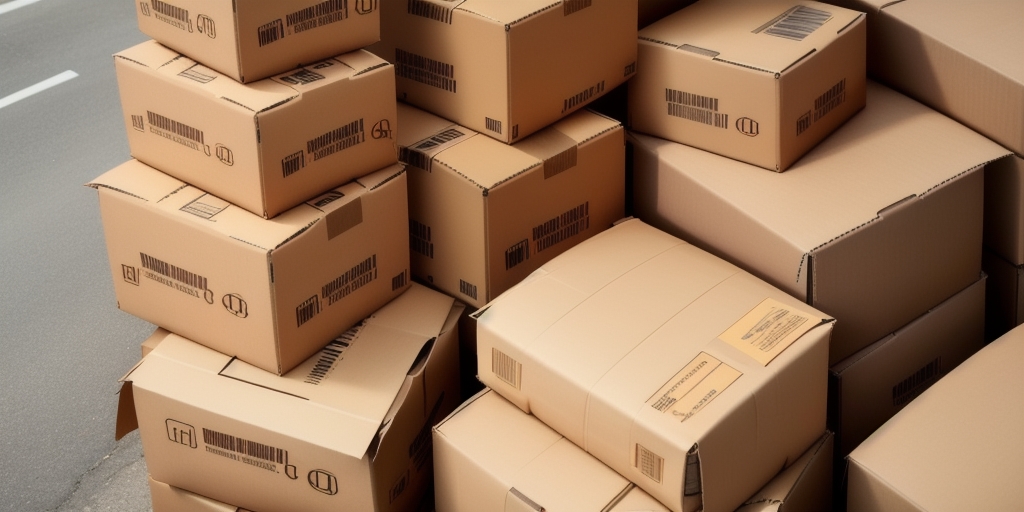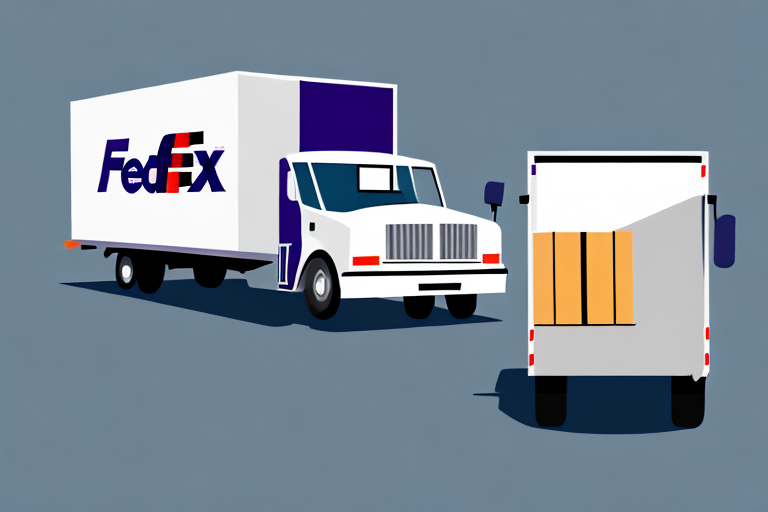Understanding and Resolving Shipment Exceptions: What to Do When Delivery Is Unable
In the world of logistics and shipping, things can sometimes go wrong. One of the most common issues faced by businesses that rely on shipping is the dreaded “shipment exception.” If you’ve ever had a package that was delayed, lost, or damaged in transit, you may have experienced a shipment exception first-hand. In this article, we’ll take a closer look at what shipment exceptions are, why they happen, and what you can do to prevent and resolve them.
What Are Shipment Exceptions?
Put simply, a shipment exception is anything that prevents a package from being delivered as expected. This can include a wide range of issues, such as:
- A lost package
- Damage during transit
- Missing documentation
- An incorrect or incomplete delivery address
When a shipment exception occurs, the carrier will typically update the package’s tracking information to reflect the issue, and may contact the shipper or the recipient to try to resolve the problem.
Common Causes of Shipment Exceptions
Shipment exceptions can be caused by a variety of factors, both within and outside of the carrier’s control. Some of the most common causes include:
- Weather-related delays
- Customs clearance issues
- Human error, such as incorrect scanning or mishandling of packages
- Unexpected events such as accidents or natural disasters
In some cases, these issues may be avoidable if proper precautions are taken before the package is shipped. In other cases, however, they may be outside of your control, and you may need to work with the carrier to resolve the issue.
The Impact of Shipment Exceptions on Your Business
Shipment exceptions can have a significant impact on your business, particularly if you rely on shipping to get your products to customers. Some of the ways that shipment exceptions can impact your business include:
- Delays in delivery
- Additional costs for reshipping or addressing the issue
- Potential loss of customer trust and satisfaction
Given these potential impacts, it’s important to take steps to prevent and resolve shipment exceptions whenever possible.
Preventing Shipment Exceptions
One way to prevent shipment exceptions is to ensure that all packages are properly labeled and packaged. This can help to reduce the likelihood of packages being lost or damaged during transit. Additionally, it’s important to work with reliable shipping carriers who have a track record of delivering packages on time and in good condition.
Here are some tips for preventing shipment exceptions:
- Ensure all address information is accurate and up-to-date
- Use a reliable carrier with a good track record
- Properly label your packages with clear and legible information
- Stay up-to-date with shipping regulations and requirements
Identifying Shipment Exceptions: Signs to Look Out for
In order to prevent and resolve shipment exceptions, it’s important to be able to identify them as soon as possible. Some of the signs that a shipment exception may have occurred include:
- Tracking status updates indicating an issue
- Delays in expected delivery times
- Communication from the carrier about a problem
If you notice any of these signs, it’s important to take action as soon as possible to prevent further delays or issues.
What to Do When You Encounter a Shipment Exception
Despite your best efforts, shipment exceptions may still occur. If you encounter a shipment exception, here’s what you should do:
- Contact the shipping carrier to determine the cause of the exception
- Work with the carrier to resolve the issue
- Communicate with the customer to apologize for the delay or inconvenience and offer a solution
- Maintain open lines of communication to manage expectations
Tips for Resolving Shipment Exceptions Effectively
Resolving a shipment exception can be a complex process, particularly if the issue is outside of your control. Here are some tips for resolving shipment exceptions effectively:
- Provide accurate and complete information at the time of shipment
- Regularly review and update your shipping processes
- Maintain open lines of communication with your carrier and customers
The Role of Technology in Preventing and Resolving Shipment Exceptions
Technology can also play an important role in preventing and resolving shipment exceptions. Here are some examples:
- Using address verification software
- Implementing package tracking systems
- Utilizing automated notifications and alerts
By taking advantage of these and other technological tools, you can improve your shipping processes and decrease the likelihood of shipment exceptions occurring.
Working with Your Carrier to Resolve a Shipment Exception
If you encounter a shipment exception, it’s important to work collaboratively with the carrier to resolve the issue. Here are some tips for working effectively with your carrier:
- Maintain clear and open communication
- Provide all necessary documentation and information
- Be proactive in addressing issues
By working collaboratively with the carrier, you can help to resolve the shipment exception quickly and effectively.
Communicating with Customers About Shipment Delays and Exceptions
When a shipment exception occurs, it’s important to communicate with the recipient about any delays or issues. Here are some tips for communicating effectively with your customers:
- Provide timely updates on the status of their shipment
- Be transparent about the cause of the delay or issue
- Offer a solution or compensation for the inconvenience
By communicating effectively with your customers, you can help to maintain their trust and confidence in your business.
Best Practices for Avoiding Future Shipment Exceptions
Finally, here are some best practices for avoiding future shipment exceptions:
- Double-check all shipping information before dispatching packages
- Choose reliable carriers with good track records
- Use technology to streamline and monitor the shipping process
- Stay informed about shipping regulations and updates
Conclusion
Shipment exceptions are a common, but preventable issue that can have a significant impact on your business. By understanding what shipment exceptions are, why they happen, and how to prevent and resolve them effectively, you can ensure that your packages arrive at their intended destination on time and in good condition. By following the best practices outlined in this article, you can minimize the risk of future shipment exceptions and maintain a smooth and efficient shipping process for your business.






















